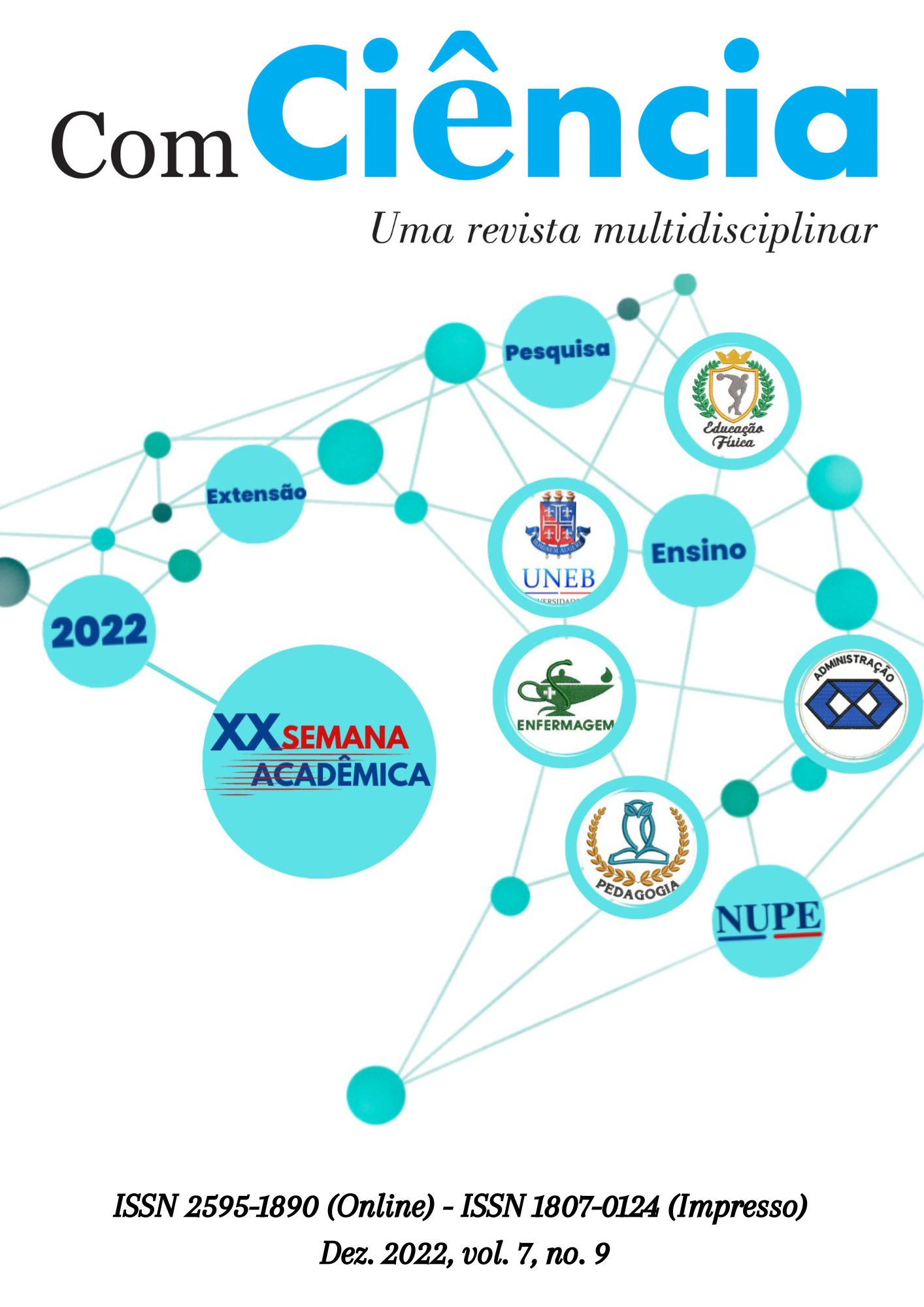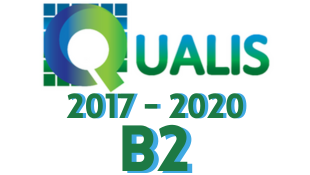Social media and science communication about the pandemic for children: implications for education
DOI:
https://doi.org/10.36112/issn2595-1890.v7.i9.p165-170Keywords:
COVID-19, Children, Science communication, PandemicAbstract
The COVID-19 pandemic has changed the forms of social organization, especially in relation to the spaces frequented and accessed by children. The changes focused cover socioeconomic aspects of families and school closures, but also in the increased use of screens, access to Social Media and Internet content by children earlier. This leads to the role of sources of information about the pandemic accessed by families and children, which is the objective of the research carried out within the scope of the Observatory of Childhood and Early Childhood Education of the University of the State of Bahia. Through the analysis of questionnaire data, we concluded that families mainly used the Internet (including Social Media), radio and TV, as sources about the pandemic, which consequently reached children. This presents the social responsibility of these vehicles with the scientificity of information, and the school and adults in the problematization of content with children.
Downloads
References
AMORIM, J. dos S.; RIBEIRO, L. M. de S. A.; SILVA, E. de B. T. UM ANO SEM ESCOLAS! NARRATIVAS DE CRIANÇAS EM TEMPOS (IM)PREVISTOS. Revista Prâksis, [S. l.], v. 3, p. 113–138, 2021.
BUENO, C. C. Imagens de crianças, ciências e cientistas na divulgação científica para o público infantil. Dissertação (Mestrado em Divulgação científica). Campinas, SP: Universidade Estadual de Campinas, 2012.
FOLINO, C. H. et al. A percepção de crianças cariocas sobre a pandemia de COVID-19, SARS-CoV-2 e os vírus em geral. Cadernos de Saúde Pública, v. 37, n. 4, 2021.
INSTITUTO BRASILEIRO DE GEOGRAFIA E ESTATÍSTICA (IBGE). Censo Demográfico Brasileiro. 2010.
ORGANIZAÇÃO PAN-AMERICANA DE SAÚDE (OPAS). Histórico da pandemia de COVID-19. Organização Pan-Americana da Saúde, 2022. Disponível em: <https://www.paho.org/pt/covid19/historico-da-pandemia-covid-19>. Acesso em: jul. 2022.
ORGANIZACIÓN MUNDIAL DE LA SALUD (OMS). Coronavírus. Organización Mundial de la Salud, 2022. Disponível em: <https://www.who.int/es/health-topics/coronavirus/coronavirus#tab=tab_1>. Acesso em: jul. 2022.
SARMENTO, Manuel Jacinto. Gerações e alteridade: interrogações a partir da sociologia da infância. Educação & Sociedade, v. 26, n. 91. pp. 361-378, 2005.
TEIXEIRA, A. M. P. et al. Relatório de pesquisa [livro eletrônico]: Infância e Pandemia nos Territórios do Sertão Produtivo e Velho Chico [Bahia - 2021]. -- Caetité, BA: Juliane dos Santos Amorim, 2021. PDF.
WANG, G. et al. Mitigate the effects of home confinement on children during the COVID-19. Lancet, v. 395, p. 945-947, 2020.
Downloads
Published
How to Cite
Issue
Section
License
Copyright (c) 2023 Revista ComCiência, uma Revista multidisciplinar

This work is licensed under a Creative Commons Attribution-NonCommercial 4.0 International License.





